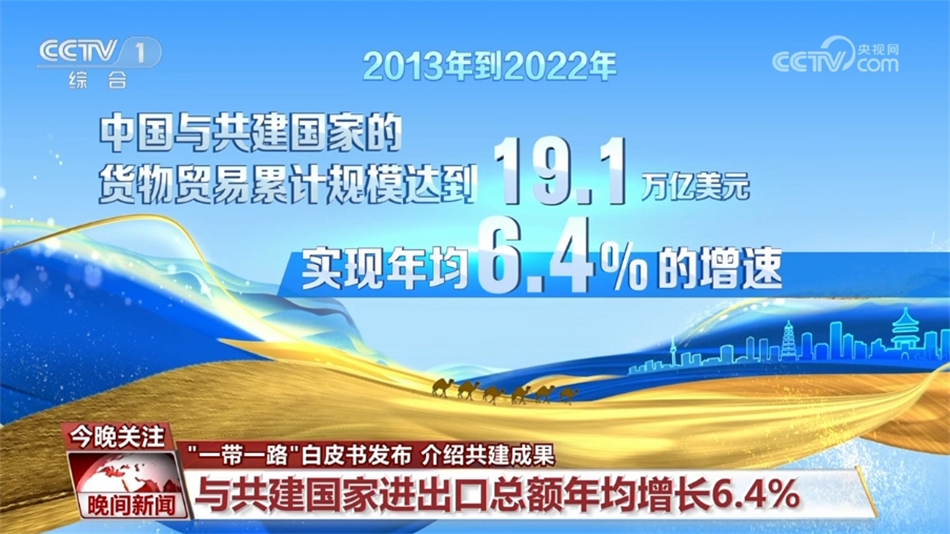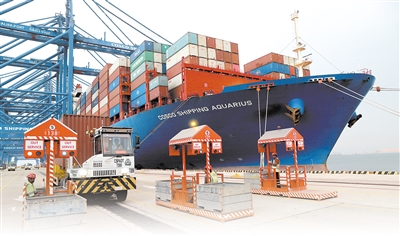The Event Has Entered The Countdown, And China Has Announced The List Of Political Leaders To China. The Choice Of ASEAN Countries Is Surprising
The Event Has Entered The Countdown, And China Has Announced The List Of Political Leaders To China. The Choice Of ASEAN Countries Is Surprising
It is undeniable that the United States still has influence in military and technological aspects, but when a country's economy is deeply bound to the Chinese market, military deterrence alone may not shake the actual choice. China and ASEAN have covered eight countries in the 5G field
A rare event is about to be staged in Tianjin, with more than 20 heavyweight guests gathered in China. This is not only a diplomatic event, but also a perfect answer delivered by China with practical actions. China has been particularly lively recently, with leaders and politicians from more than 20 countries arriving one after another, adding extraordinary weight to the grand event.
The most eye-catching thing is that in addition to "old friends" like Russian President Putin and Belarusian President Lukashenko, many Southeast Asian countries have also sent high-standard delegations. For example, Indonesian President Prabowo, Malaysian Prime Minister Anwar, Vietnamese Prime Minister Fan Ming-cheng and Cambodian Prime Minister Hon Manai all attended in person. Such a scene was almost unimaginable a few years ago.
So, why do these countries’ political leaders make a collective appearance in a high-profile manner at present? Will the regional pattern change behind this party? Looking back a few years ago, Southeast Asian countries were still quite ambiguous when dealing with Sino-US relations. When the United States shouted the "Indo-Pacific Strategy", many countries waited and watched, hoping to find a comfortable balance between the two forces. But the situation is obviously different now.
In the past few years, the United States has made frequent moves in the Asia-Pacific region. It not only strengthened its military alliance with the Philippines, frequently carried out so-called "freedom of navigation operations" in the South China Sea, but also joined forces with its allies to promote "quad-party security dialogue", and even instigated the United States, Britain and Australia Trilateral Security Partnership (AUKUS). Although these actions are under the banner of "maintaining regional security", do Southeast Asian countries really believe it? When the United States, Britain and Australia announced cooperation in nuclear submarines, the Indonesian president immediately expressed concerns, bluntly saying that this approach might trigger a nuclear arms race; the Malaysian Prime Minister was also unceremonious, pointing out that this move would only make the region more divided. Although ASEAN has maintained verbally restraint, it has repeatedly emphasized the adherence to the Southeast Asian Friendship and Cooperation Treaty and the principle of "non-alignment", which is undoubtedly a clear attitude.

The United States continues to emphasize "rules-based order", but who exactly formulated these so-called rules? The South China Sea arbitration case is a typical example. At that time, the United States hyped up a lot of hype, trying to force China to accept the ruling of favoring one side. But in the end, most ASEAN countries did not follow the trend and stir up trouble. On the contrary, after that, China and ASEAN continued to promote consultations on the "Code of Conduct in the South China Sea", which just shows that Southeast Asian countries realized that the rules cannot be imposed by external forces, but must be negotiated by regional countries.
The fundamental reason for the change in attitude is actually closely related to the economy. China's trade volume with ASEAN was less than US$400 billion a decade ago, and now it has reached nearly 7 trillion yuan. More importantly, the deepening of cooperation is the continuous deepening: the opening of the China-Laos Railway has transformed Laos from a "land-locked country" to a "land-union-union"; the operation of the Jakarta-Bandung High-speed Railway has shortened the journey from Jakarta to Bandung from 3 hours to 40 minutes. These visible and tangible results are in sharp contrast with the United States' empty slogans. Facing real interests, it is clear who's cooperation is more attractive.
Some people may ask, are Southeast Asian countries not worried about the pressure from the United States? It is undeniable that the United States still has influence in military and technological aspects, but when a country's economy is deeply bound to the Chinese market, military deterrence alone may not shake the actual choice.
Because of this, Southeast Asian countries in this SCO summit held in Tianjin were more like a clear collective choice when they broke the convention and attended the high standards. On the political level, China's relations with ASEAN have continued to heat up in recent years. Singapore upgraded bilateral relations to "all-round and high-quality forward-looking partnership"; Laos and Cambodia launched the second round of action plan to jointly build a community with a shared future. These are not empty diplomatic rhetoric, but a true portrayal of the close interaction between the two sides.
In terms of economic cooperation, the "Belt and Road" project has long been no longer limited to road construction and bridge construction, but has entered a new stage of industrial upgrading and deep integration. China-Malaysia "two countries and two parks" have expanded from traditional trade to digital economic cooperation; industrial parks on the China-Vietnam border have gradually formed a complete industrial chain. The full process cooperation from parts to the entire machine has greatly improved the interdependence between the two parties.
Cooperation in emerging industries is even more focused on the future. China and ASEAN have covered eight countries in the 5G field, and smart city projects have also been implemented and blossomed in Kuala Lumpur and Bangkok; at the green economy level, photovoltaic power plants in Vietnam and the Philippines are being steadily built. These cooperation goals are clear, and they look at the development space in the next ten to twenty years.
Comparing the so-called "Indo-Pacific Economic Framework" proposed by the United States, it has been called for more than two years, but lacks substantial results. Although Southeast Asian countries cooperate verbally, their real choice is realistic: they are more willing to invest in cooperation that can bring tangible benefits. Today, Southeast Asia is shaping the future of its region through in-depth cooperation with China in its own way.





